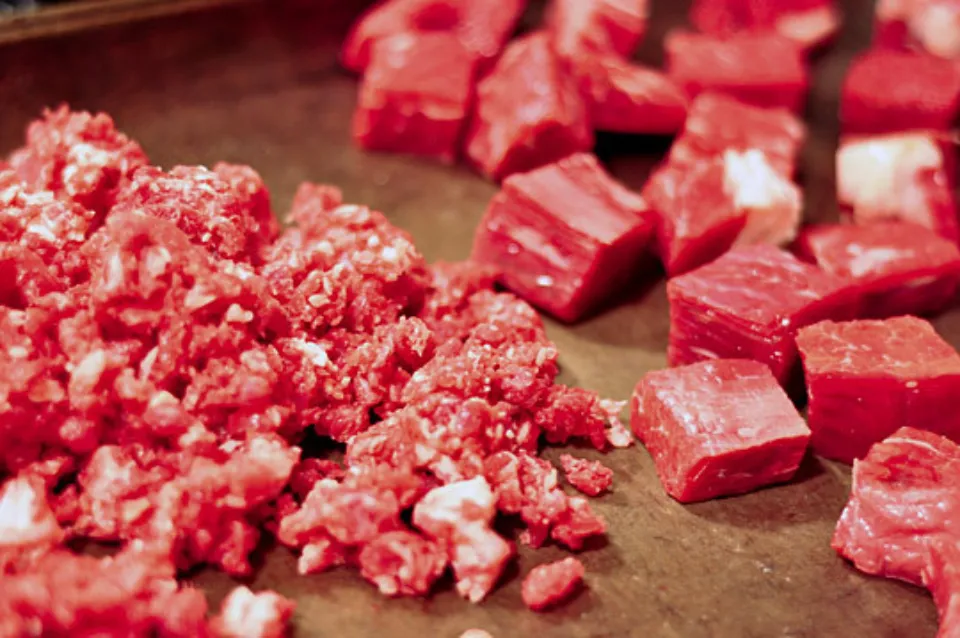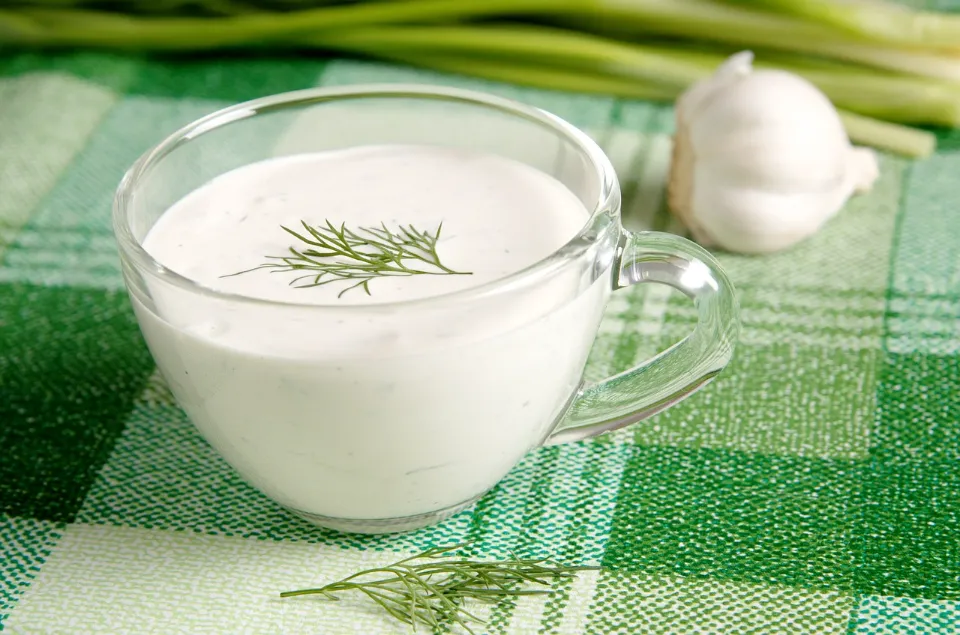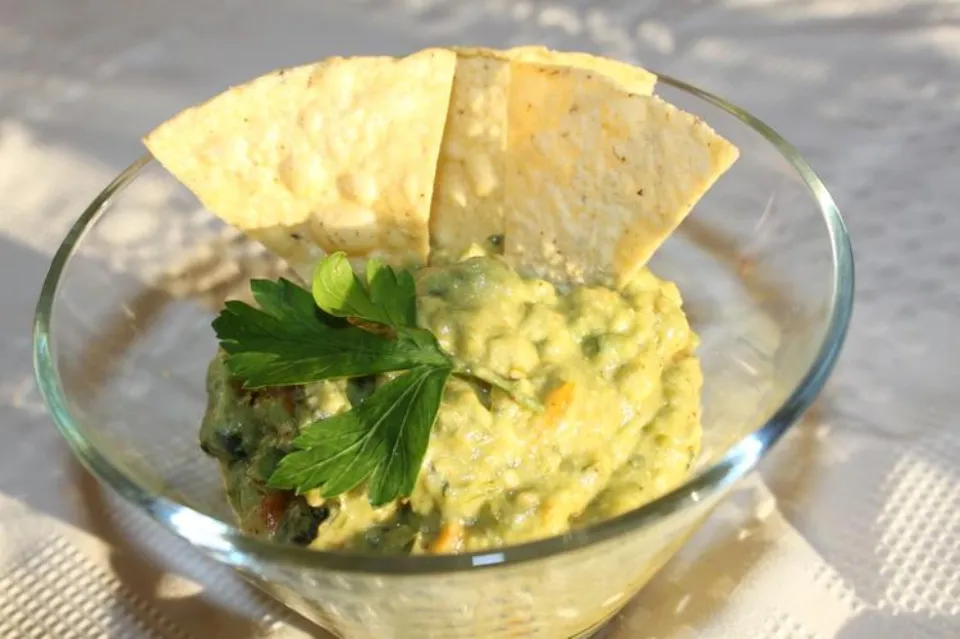Although it may seem like something that should be left to skilled professionals or the eager DIY crowd, I firmly believe that grinding your own meat should be a daily occurrence in every kitchen. Small batches are simple to make with just a food processor, and you have complete control over the freshness, quality, and types of cuts used in the mixture. That situation seems to benefit both parties, doesn’t it?
Why Should You Grind Your Meat at Home?
If your butcher doesn’t grind to order, there’s no way to know what you’re actually getting when you buy ground meat at the store. Store-bought ground meat can come in a variety of cuts with varying amounts of fat and texture.
However, when you grind it yourself in a food processor, you have complete control over the process. So you can grind meats like beef, pork, poultry, fish, and even seafood to the ideal consistency. Without a professional meat slicer, a razor-sharp chef’s knife, and a very steady hand, thinly slicing meat can be difficult. Your food processor can help with this task. This makes it possible to prepare a wide variety of dishes in the home kitchen that are typically best left to the pros.
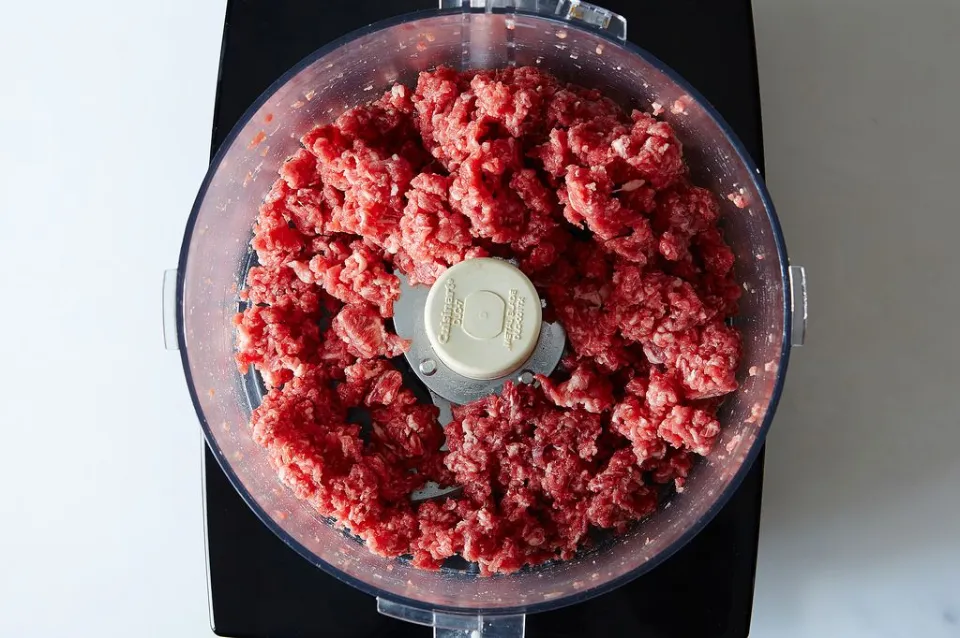
What Types of Meat Can You Grind in a Food Processor?
We use a food processor to grind all types of meat. The important things are to make sure it’s skinless and boneless, and to chop it up into pieces before processing. Here are some of our favorites types of meat to grind in a food processor:
- Sirloin steak tips (for Juicy Pub-Style Burgers)
- Boneless, skinless turkey thighs (for Juicy Grilled Turkey Burgers)
- Large shrimp (for Shrimp Burgers)
- Skinless cod fillets (for Lemon-Basil Cod Cakes)
- Pork tenderloin (for Thai Pork Lettuce Wraps)
- Boneless beef short ribs
- Boneless beef chuck-eye roast
- Boneless country-style pork ribs
How to Get the Perfect Grind
No matter how carefully you prepare it, store-bought ground beef tends to cook up heavy and dense because it is frequently over-processed to a pulp. Meat that has been finely ground at home cooks up more tenderly. The type of meat and the kind of dish will determine the precise size of the grind. You can tell when your grind is perfect by using the visual cues listed below.
How to Grind Meat in a Food Processor
1. Cut Meat into Chunks and Partially Freeze before Processing
It is easier to process meat and poultry if it is cut into smaller, 1/2-inch pieces, and partially freezing it ensures that the final product will be chopped rather than pulverized. The meat chunks should be arranged in a single layer and placed in the freezer on a baking sheet with a rim. Freeze for about 30 minutes, or until the item is very firm and the edges are beginning to harden but the center is still flexible.
2. Grind a Portion of the Main Ingredient to a Paste
In dishes like turkey burgers and shrimp burgers (below), we grind a portion of the main ingredient to a paste and use it to bind the rest of the dish, which is ground to a chunkier texture. This indicates that the flavor of the ingredients is enhanced because eggs or a bread-like binder are not required.
- For turkey burgers, we use an eighth of the turkey the recipe calls for (3 ounces of the 1½ pounds) to create a paste that helps the burgers retain moisture.
- In a recipe for shrimp burgers, we use one-third of the one and a half pounds of shrimp to bind the mixture.
3. Combine More Than One Cut of Meat for the Perfect Mix of Flavor and Fat
Making our own Italian-style sausages in a food processor was what we did. We combined salt pork and boneless pork butt to achieve this. We were able to engineer the ideal recipe with consistent fat, flavor, and greasiness because we were able to choose our own ingredients.
4. Use a Good Amount of Pressure to Push the Meat into the Feed Tube
With almost no effort, a food processor can produce crisp, even slices. Don’t be afraid to use a bit of force, though, to ensure clean, even cuts. If you slice something with too light of a touch, the slicing disc will flip it over or drag it into the space between the slicer and the lid of the food processor.
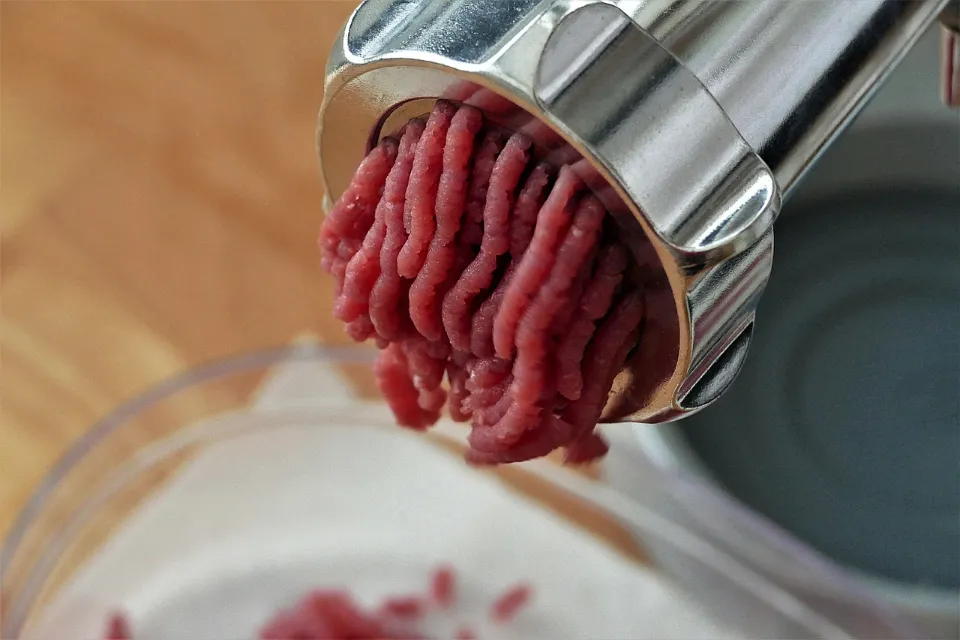
5. Add Baking Soda to Home-ground Meat to Keep It Tender and Moist During the Cooking Process
We discovered that soaking meat in a solution of baking soda and water for 15 minutes keeps it tender while cooking. That’s because the baking soda raises the pH of the meat, which makes it more difficult for the proteins to bond.
6. You Can Use Less Panade in Home-ground Meat
To give dishes with ground meat more tenderness, a panade, a bread and milk mixture, is used. Because it will be more tender than options from the store, when you grind your own meat at home. This is helpful because a panade, while a key component in maintaining tenderness and binding dishes like crab cakes and burgers, can also dull the flavors of a dish.
Which Cuts of Meats to Grind
I suggest using shoulder cuts for beef, pork, and lamb. There’s a reason why these are most butchers’ top choice for the 80/20 blend in their cases — shoulder cuts generally contain the perfect amount of fat in and around the muscle.
For a richer mix, closer to a 75/25 blend, use a mix of fattier cuts like brisket, shank, short ribs, or well-marbled steak cuts. Use a bottom round or leg cut from the animal’s back if you want to stick with a lean 90/10 mix, or trim the exterior fat from any other cut.
To get the most fat from these otherwise lean animals, choose dark meat or a blend of mostly dark meat cuts when cooking chicken and turkey. Just be aware that the cooked meat may be a little bit dry and chewy if you use white meat. Ground chicken and turkey work well in recipes that call for other ingredients to enhance the flavor and texture of the lean meat, such as pasta sauce or lettuce wraps.
The same holds true when preparing ground fish or other seafood. I find that fattier fish like salmon and tuna tend to do the best when making things like fish burgers, which need to hold together and have some juiciness, but leaner mixes from shrimp, scallops, or other seafood are fantastic for making dumplings and small fish balls for soups.
You can ask your butcher for some pork fatback or any other fat they’ve removed from other cuts to add to any ground meat mixture if you want to add a little fat, or you can save and freeze the fat you remove when making other dishes. Process this fat into your mix along with the meat itself.
Don’t Over-Process the Meat
The texture and appearance of ground meat made in a food processor will differ slightly from meat purchased from a store. Instead of the familiar extruded strands, it will resemble meat that has been roughly chopped or meat crumbles. Avoid the temptation to process the meat in a food processor to the point where it resembles paste; doing so will overwork the meat and cause it to become tough when cooked.
Cleaning the Food Processor
Use the same care when cleaning your food processor after you’ve finished using it to grind meat as you would any other kitchen appliance or surface. If you can’t get to the food processor right away, rinse the bowl and the blade under running water to loosen any remaining meat particles. This will prevent the leftover meat from having time to try and get stuck in the nooks and crannies.
In order to keep the blade from rapidly dulling, I typically wash the bowl and lid in the dishwasher before washing the blade by hand. If you don’t have a dishwasher or want to be extra careful about cross-contamination, you can also wipe your food processor with an all-natural disinfecting cleaner in a spray bottle.
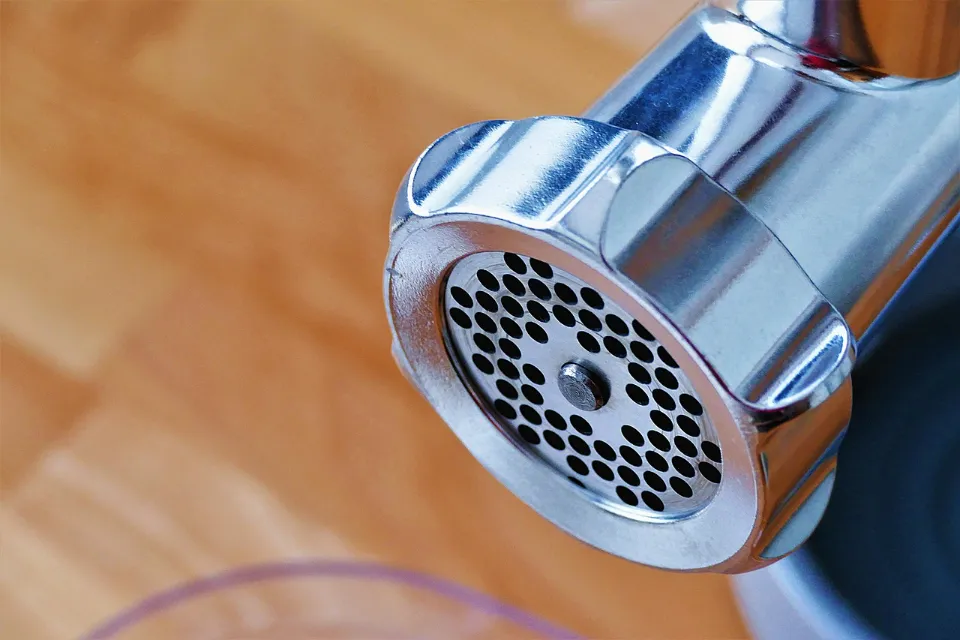
Tips for Grinding Meat in the Food Processor
- To make it simpler to grind, cut all the meat into 1-inch cubes.
- The meat should be frozen in a single layer until it is firm in the corners and edges but still malleable in the center.
- Freeze the blade of the food processor.
- When grinding, use a food processor only halfway full; if necessary, grind in batches.
- Avoid overprocessing the meat; aim for finely chopped meat rather than paste.
- After each use, give your food processor a thorough cleaning (or at least a rinse) to prevent any leftover meat from drying out.
Conclusion
Modern food processors are equipped with cutting-edge technology that makes it possible for them to process a variety of foods, including grinding meat. Some food processors even have titanium-coated blades that can help you grind meat to the desired texture.

